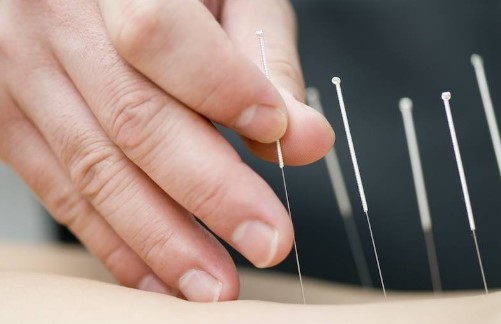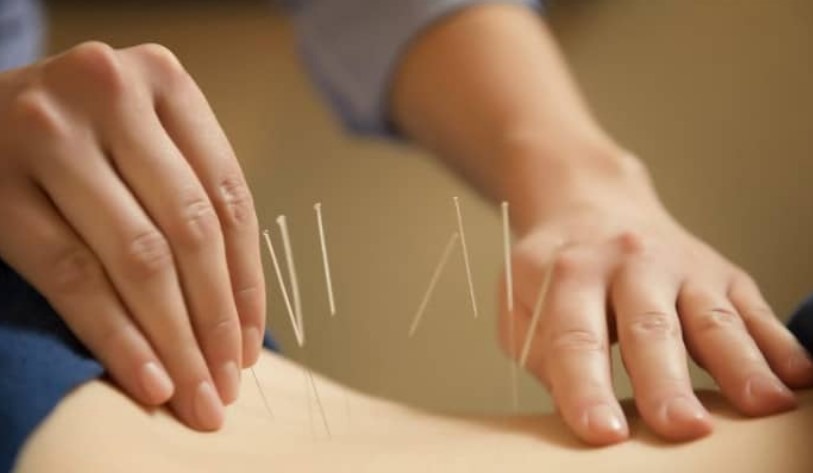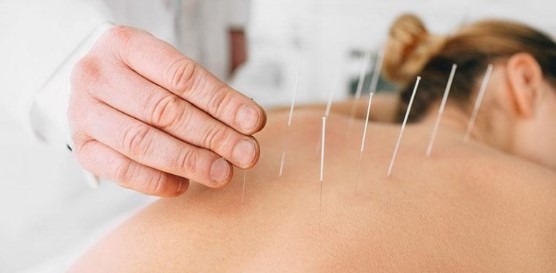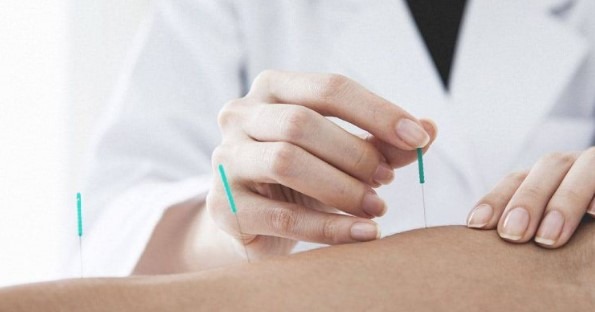Health
Pros and Cons of Dry Needling: Comprehensive Guide to Trigger Point Therapy

Table of Contents
What are the benefits of dry needling?
Dry needling offers a range of potential benefits, including pain relief, reduced muscle tension, and improved flexibility. Some common conditions it can help address are:
- Back pain
- Neck pain
- Headaches
- Shoulder pain
- Sports injuries
Dry needling is known to help in the treatment of myofascial pain syndrome, where trigger points in the muscles cause pain and discomfort. Many individuals also find that dry needling enhances their overall physical performance.
Is dry needling safe?

When performed by a trained professional, dry needling is considered to be a safe and effective treatment option. However, it is essential to consult with a qualified practitioner to ensure the proper techniques and safety measures are applied during the procedure.
Does dry needling hurt?
The sensation of dry needling varies from person to person. While some may feel minimal discomfort, others might experience a temporary “twitch” or mild pain as the needle enters the muscle. The overall discomfort is usually brief and manageable.
How does dry needling work?
Dry needling targets specific trigger points in the muscles, which are tight bands of muscle fibers that cause pain and tension. By inserting a thin needle into these trigger points, a trained practitioner can release the tension and alleviate the pain. The treatment may also promote blood flow and stimulate the healing process in the affected areas.
What are the risks of dry needling?

As with any medical procedure, there are some risks associated with dry needling. These may include:
- Infection
- Bleeding
- Bruising
- Muscle soreness
- Nerve damage (rare)
To minimize these risks, always choose a qualified professional who follows appropriate safety guidelines and sterilization protocols.
How does dry needling compare to acupuncture?
While both dry needling and acupuncture involve the insertion of thin needles into the body, they have different goals and underlying principles. Acupuncture is a traditional Chinese medicine practice that seeks to restore the flow of energy (Qi) through the body’s meridians, whereas dry needling targets myofascial trigger points to relieve pain and tension. Some individuals may find one approach more effective than the other, depending on their specific condition and preferences.
Can dry needling help with sports injuries?

Yes, dry needling can be beneficial in treating various sports injuries, such as muscle strains, sprains, and tendinitis. It can help reduce pain, inflammation, and muscle tightness, ultimately improving the athlete’s recovery and performance.
Can dry needling relieve back pain?
Dry needling has shown to be effective in relieving back pain, particularly when it is caused by myofascial trigger points. By targeting these specific points, dry needling can release tension and alleviate pain, providing relief for many individuals suffering from chronic back pain.
Can dry needling help with headaches?
There is evidence to suggest that dry needling can be effective in treating tension headaches and migraines. By targeting the trigger points in the neck and upper back muscles, dry needling can help reduce muscle tension and alleviate headache symptoms.
How effective is dry needling for neck pain?
Dry needling can be an effective treatment for neck pain, particularly when it is caused by trigger points in the surrounding muscles. Many individuals report significant pain relief and improved range of motion following dry needling sessions targeting these specific points.
What are the side effects of dry needling?
Some common side effects of dry needling include:
- Temporary soreness or bruising at the needle insertion site
- Mild pain during the procedure
- Fatigue or drowsiness following treatment
These side effects are generally mild and short-lived. However, if you experience severe pain, infection, or other unusual symptoms, it is important to consult with your healthcare provider immediately.
Who can perform dry needling?
Dry needling should be performed by a qualified professional, such as a physical therapist, chiropractor, or acupuncturist with specialized training in this technique. Always verify the credentials and experience of your practitioner before undergoing any dry needling treatment.
How many dry needling sessions are needed?
The number of dry needling sessions required depends on the individual’s specific condition, pain levels, and response to treatment. Some individuals may experience significant relief after just one session, while others may require multiple sessions to achieve the desired results. Your practitioner will assess your progress and recommend the appropriate number of sessions for your unique situation.
What should I expect during a dry needling session?
During a dry needling session, your practitioner will first examine and assess the area to be treated. They will then insert a thin, sterile needle into the identified trigger points, which may cause a brief twitch or mild pain. The needle is typically left in place for a few seconds to a few minutes, depending on the specific technique being used. Following the treatment, you may experience some soreness or bruising at the needle insertion site, which should subside within a few days.
Frequently Asked Questions
Q: Is dry needling covered by insurance?
A: Insurance coverage for dry needling varies depending on the provider and specific plan. It is best to check with your insurance company to determine if your policy covers this treatment.
Q: How long does a dry needling session last?
A: A typical dry needling session lasts between 15 and 45 minutes, depending on the number of trigger points being treated and the practitioner’s approach.
Q: Can I exercise after a dry needling session?
A: It is generally safe to engage in light exercise following a dry needling treatment. However, it is important to listen to your body and consult with your practitioner for personalized recommendations based on your specific condition and treatment plan.
Q: Are there any contraindications for dry needling?
A: Some contraindications for dry needling include pregnancy, active infection at the treatment site, or a history of severe needle phobia. Always discuss your medical history and any concerns with your practitioner before undergoing dry needling.
Also Read: What Are the Factors That Affect Greyhound Racing Odds and How to Use Them to Your Advantage?
Conclusion
In conclusion, dry needling is a promising treatment option for individuals seeking relief from pain, muscle tension, and various other conditions. While there are some risks and side effects associated with the procedure, it is generally considered safe and effective when performed by a qualified professional. If you are considering dry needling as a treatment option, consult with a healthcare provider to determine if it is appropriate for your specific needs and goals.

-

 Tech3 years ago
Tech3 years ago6 Tips to Improving E-Commerce Websites
-

 Home4 years ago
Home4 years agoAdvantages and Disadvantages of Village Life in Points
-

 Health4 years ago
Health4 years agoAdvantages and Disadvantages of Milk
-

 Travel4 years ago
Travel4 years agoAdvantages and Disadvantage of Travelling
-

 Sports2 years ago
Sports2 years agoThe benefits of playing an online live casino
-

 Tech4 years ago
Tech4 years agoEssay on Advantages and Disadvantages of Offline Shopping
-

 Tech4 years ago
Tech4 years ago10+ Advantages and Disadvantages of Mobile Phones in Points
-

 Tech4 years ago
Tech4 years ago8+ Advantages and Disadvantages of Motorcycle |Having Bike